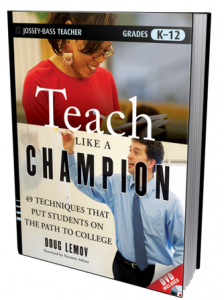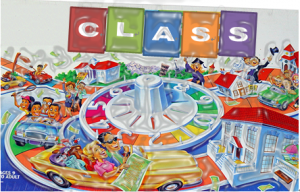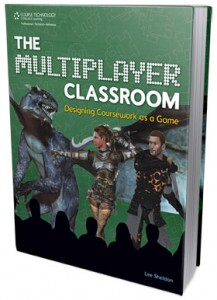Debate in EFL has a heavy image. Partly it is the result of formal debating. Politicians and bureaucrats often love the idea, but then they would, wouldn’t they? Teachers are wary of it: most think it is too much trouble for too little benefit. There is always reams of text to get through, dozens of expressions to teach, and long…agonizing…blocks…of silence that need to be waded through. And students, well, they don’t really have any idea about what good thinking is, why it is important, how it can help them, and how an activity like debating can be a way to learn it. In summary, almost nobody is screaming for debate. And yet it seems clear that the skills involved in debate are critical for learning, critical for learning success, and (in my humble opinion) a possible solution for the tragedy now occurring in high level (進学校) English classes.
Teaching debate is teaching thinking. In debating, we verbalize ideas, explain them, and assess them. To debate, you must have ideas about something. You must explain your ideas in a persuasive manner. And you must find and offer support for your ideas. You do this by building up your ideas (making them more persuasive and providing more powerful support), while looking for possible weaknesses in other arguments or ideas. The key words, from Bloom’s taxonomy, are Understanding, Analyzing, and Evaluating. In doing debate, you train yourself in these critical skills. This can help you in thinking, writing, giving presentations, and making decisions. That’s a lot of benefit from one activity! In learning how to debate, these skills are made visible. The process is visible. It can be taught. It can be seen, discussed, and evaluated in a social setting.
So there are good reasons for doing debate. But can it be enjoyable? Many people would say yes. If we believe what game designer Raph Koster says, “Fun is just another word for learning,” there is no reason why it shouldn’t be.
Below is an activity I tried recently as an entry-level activity to introduce debating. The purpose of this activity is to have students generate arguments, evaluate their arguments, and think about ways that they could make them stronger with support. The activity is based on pictures so we can accommodate different levels of proficiency and don’t need to spend time explaining language to students. The goal is for them to get involved in the process as quickly and completely as possible. It is and introduction to debate. And so the next step is to use their performance to see what their needs are and make decisions on subsequent activities and teaching. One of the eventual goals of the course is to have a full formal debate, but first we must focus on the thinking process.
Day One
Step 1 Look at the pictures. Below are some pictures. In pairs try to answer two questions, using just information you can see in the pictures. Do not use any reference materials (dictionaries, websites, etc.). Just look at the pictures and answer the two questions. Try to generate as many possible reasons for your answers based only on what you see in the pictures.
-
When do you think these pictures were made?
-
Where do you think these pictures were made?
Step 2. Look at your answers to the questions. Look at your reasons. Look again at the pictures and try to generate more possible reasons. Then rank your reasons according to how strong you think they are. Choose the two reasons you think “prove” your opinion best. You can use the template at Exploratree to map out your ideas and explore them.
Step 3. Write out your answers to the two questions as two paragraphs. In each paragraph, carefully explain the two reasons you have for your answer.
Step 4. Share your ideas with a new partner and then with a small group. Listen carefully to the ideas of the other students.
Day Two
Step 5. In small groups, review the questions, the answers, and the reasons you gave last time. Look at the reasons again carefully. They are opinions you have based on things you see in the pictures. Could you do any research to support your opinions? Think about what research you could do. What would provide “proof” for your opinions? Check around on the web or in reference books to find facts that support your opinions. Write these in the Supporting Evidence section of the graphic organizer.
Step 6. Share your views again in small groups. Listen carefully to any opinions that are different from your own. Write them down in the Conflicting Views section of the graphic organizer. [Teachers: you may need to shuffle groups here. It is important that each group contains some different opinions].
Step 7. Assess the different opinions the emerged from your group. Decide which ones you think are “correct.”
Step 8. Rank what you think are the most powerful arguments that emerged during this activity.
Step 8. [The teacher leads a discussion on the process the students have just undertaken. What they have just done is very similar to a debate: they have taken a stance, constructed arguments, and contrasted them with other arguments].
Step 9. [Optional: the teacher talks a little about the pictures. They were drawn by a man imagining the future. It is quite amazing that he got a lot right! In the pictures, he corrected predicted 1, a drive-thru, 2, a petting zoo, 3, e-learning, and 4, video conferencing. The power of human imagination is strong.]
By the way, the images were drawn by Jean Marc Cote between 1899 and 1910 in France. http://en.wikipedia.org/wiki/En_L%27An_2000
The images are available from many sources on the internet. One interesting source is the Paleofuture blog: http://www.paleofuture.com/blog/2007/9/10/french-prints-show-the-year-2000-1910.html


















